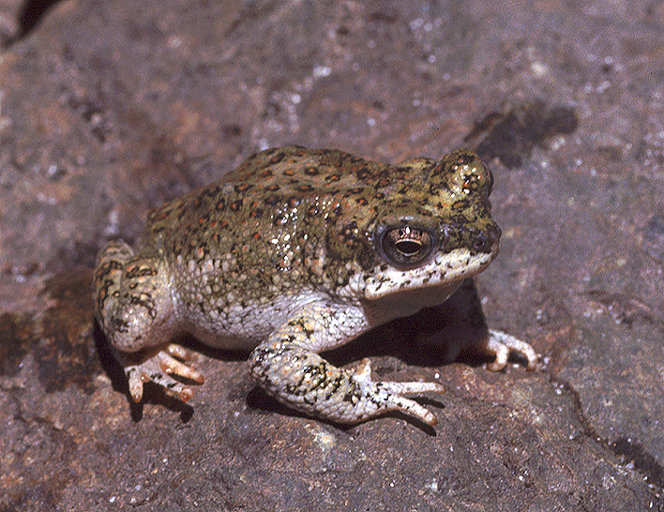Comparative phylogeography reveals deep lineages and regional evolutionary hotspots in the Mojave and Sonoran Deserts
http://onlinelibrary.wiley.com/doi/10.1111/ddi.12022/abstract
Abstract/Summary
Aim We explored lineage diversification within desert-dwelling fauna. Our goals were (1) to determine whether phylogenetic lineages and population expansions were consistent with younger Pleistocene climate fluctuation hypotheses or much older events predicted by pre-Pleistocene vicariance hypotheses, (2) to assess concordance in spatial patterns of genetic divergence and diversity among species and (3) to identify regional evolutionary hotspots of divergence and diversity and assess their conservation status.
Location Mojave, Colorado, and Sonoran Deserts, USA.
Methods We analysed previously published gene sequence data for twelve species. We used Bayesian gene tree methods to estimate lineages and divergence times. Within each lineage, we tested for population expansion and age of expansion using coalescent approaches. We mapped interpopulation genetic divergence and intra-population genetic diversity in a GIS to identify hotspots of highest genetic divergence and diversity and to assess whether protected lands overlapped with evolutionary hotspots.
Results In seven of the 12 species, lineage divergence substantially predated the Pleistocene. Historical population expansion was found in eight species, but expansion events postdated the Last Glacial Maximum (LGM) in only four. For all species assessed, six hotspots of high genetic divergence and diversity were concentrated in the Colorado Desert, along the Colorado River and in the Mojave/Sonoran ecotone. At least some proportion of the land within each recovered hotspot was categorized as protected, yet four of the six also overlapped with major areas of human development.
Main conclusions Most of the species studied here diversified into distinct Mojave and Sonoran lineages prior to the LGM – supporting older diversification hypotheses. Several evolutionary hotspots were recovered but are not strategically paired with areas of protected land. Long-term preservation of species-level biodiversity would entail selecting areas for protection in Mojave and Sonoran Deserts to retain divergent genetic diversity and ensure connectedness across environmental gradients.
Publication details
| Published Date: | 2012 |
| Outlet/Publisher: | Diversity and Distributions 19:722-737 |
| Media Format: |
ARMI Organizational Units:
Southwest, Southern California - BiologyTopics:
DroughtManagement
Place Names:
ArizonaCalifornia
Sonoran Desert
Keywords:
climatedistribution
DNA
gene flow
genetics
PCR
phylogeny

